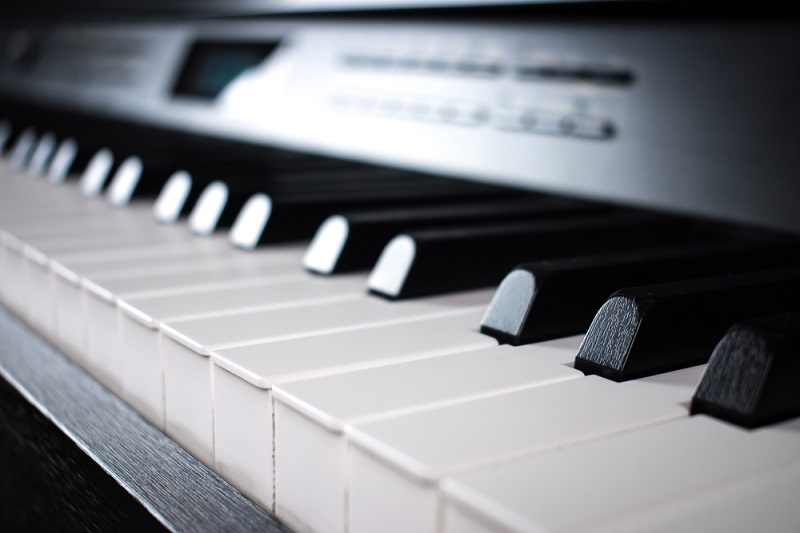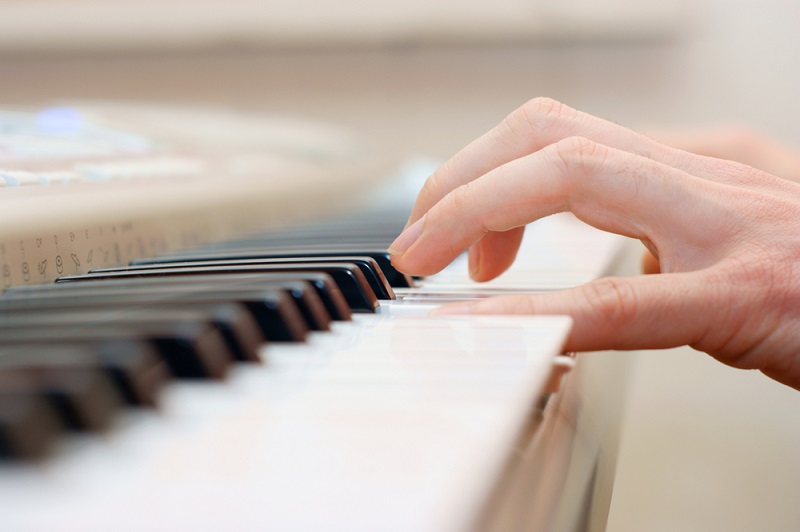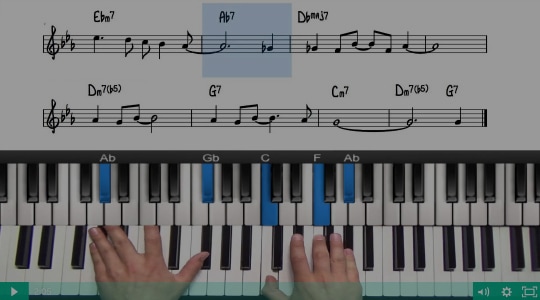For individuals who are exploring how to learn jazz piano, this 7-step organic approach will help you navigate your learning journey. This will get you playing jazzy tunes in no time.
Why try to learn to play jazz piano?
If you are enthralled by the sound of jazz and want to be a virtuoso musician, then it is never too late to learn. Whether you’re serious about learning jazz piano or simply want to enjoy the rewards of a creative hobby, all you need to do is invest time and commitment.
If you already know how to play the piano, learning jazz will be a lot easier. If not, learning the fundamentals of piano, jazz chord progressions, piano scales and modes, chord voicings, and rhythms will take some time, but it will be the ultimate reward.
What are the possible ways to learn jazz piano?
The wonderful thing about technology is that you have an abundance of online resources to learn just about any new skill and jazz piano is no different. Traditionally, it is learned through private tutoring or music centers, but today there are many alternatives if you want to study from the comfort of your home.
These methods include using YouTube video guides, online lessons, apps, or tutoring via videoconference. Choosing a method is personal because we all respond differently to a given learning style.
Learn jazz piano: a step-by-step guide
Jazz is a creative art form, but it still requires core technical skills, knowing the basic elements of music, and ear training. Because jazz is based on theory, understanding how to play jazz piano chords, voicings, chord progressions, and scales will help you build a strong foundation of knowledge. This jazz piano guide will help you focus on important aspects to develop your playing skills.
Listen to jazz repeatedly
If you want to know how to start learning jazz piano, start by listening to jazz music. It is impossible to learn to play jazz piano without listening to jazz music and you should include jazz from different eras and subgenres.
Always pay attention to the chords, scales, rhythms, and methods that are being used and you will get a deep feel by immersing yourself in jazz music. To obtain a genuine sense of jazz, include music with a piano, saxophone, guitar, or voice.
Start learning with shell voicings
An important part of the process when you learn how to play jazz piano is shell voicings. The chord is reduced to three notes in a shell voicing, which is the most basic rendition of a jazz chord. Shell voicings are an excellent place to start when learning jazz piano chords. A chord with only the root, third, and seventh notes is a shell voicing. The root and third, or the root and seventh, are frequently used by jazz pianists.
Learn the basic blues scale
There are lots of scales to learn, but that should not put you off. When you being your journey, start with small pieces and gradually work your up. The basic blues scale is an important access point, and it is a great exercise to gain dexterity and flexibility, and a crucial part of developing your jazz skills as a pianist.
Learn your major and minor triads
The major and minor triads are the foundation for almost every chord you’ll come across. If you want to be able to recognize these triads right away. To learn each of these triads, practice playing them on the piano until you can readily hear the color of each. You should also practice singing the tones while playing. These are essential for learning jazz chord harmonies.
Learn jazz cycles
Everything in jazz is based on cycles. Once you get a grip on the mechanics, the learning experience becomes easier. With structure, music can just end up being noise.
So, jazz cycles use patterns and symmetry to create music. It comprises playing a phrase and repeating the phrase at fixed intervals. The repetitive phrase is what gives cycled patterns their structure and makes them sound appealing. A prominent pattern in most jazz standards is the I VI VIII III VI II V I cycle.
Learn your major and minor 7th chords in both hands
The seventh is a crucial component in jazz and music in general. It is a crucial aspect of improvisation and defines the harmony of most jazz repertoire. The foundation of jazz harmony is practically complete from here. To better grasp how the chords and arpeggios relate and sound together, practice them together. These chords are used in almost every single jazz standard, R&B, and classical music.
Get to know the standards
Imitating people who have already mastered the art is the best method to learn anything. Learning jazz standards, or well-known and performed tunes, will aid in the refinement of your technique and the identification of patterns that you can use later when learning to improvise.
Some famous jazz standards include Body and Soul, Fly Me to the Moon, Have You Met Miss Jones, and Stella by Starlight – the list is extensive!
Why may learning jazz piano seem impossible?
Whenever we start learning something new, it always seems completely foreign at first and the hardest part is taking the first step. Beginners, in particular, may find jazz terminology and theory to be intricate and complicated. This is very understandable. It is easy to become overwhelmed by the amount of information available.
Why is it not as hard as you may think?
However, don’t let this deter you! It doesn’t have to be difficult if you follow this jazz piano step-by-step guide. It is a solid approach to learning to play music that sounds wonderful and is unmistakably Jazz. By listening to the music, reaffirming crucial jazz concepts and techniques, and maintaining the discipline to practice, you will become an able and competent player.






Leave a reply